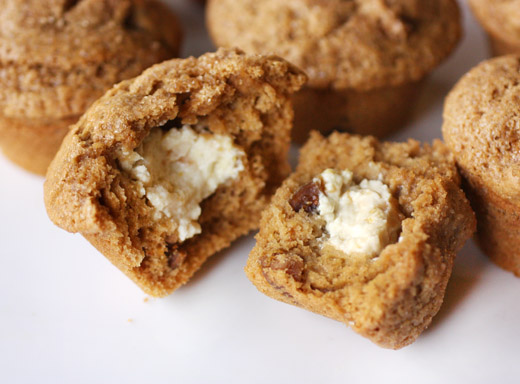To start, you need to peel and grate enough ginger fill one-half cup. The grated ginger is then combined with brown sugar and water in a saucepan, and the mixture is brought to a boil and then simmered to dissolve the sugar. It’s then removed from the heat and allowed to steep and cool for about half an hour. Once cool, the syrup is strained through a sieve and chilled in the refrigerator. To complete the ginger ale, the syrup is mixed with club soda, lime juice, and lemon juice.
Homemade soda is the best since you can control the level of sweetness. This ginger ale has good, spicy flavor with nice brightness from the lemon and lime. Naturally, I added rum to mine, but you knew I’d say that, didn’t you? Now, I want to go try a few things from the Sweet Potato chapter and then start asking around to find out if anyone is growing burdock root locally.
Homemade Ginger Ale
Recipe reprinted with publisher's permission from Roots: The Definitive Compendium with more than 225 Recipes
Who knew it could be so simple to make ginger ale at home? Here’s an all-natural version, blissfully free of high-fructose corn syrup and preservatives. When I compared this homemade ginger ale to a national brand, it proved unrivaled in spicy, aromatic ginger flavor. Although the ginger syrup recipe makes enough for just four servings, it is easily doubled. Store the remainder in the refrigerator to use whenever you crave a tall, sparkling glass of refreshing ginger ale.
Makes 1 Cup/240 ML Ginger syrup; Enough for 4 Drinks
Ginger Syrup
1/2 cup/55 g grated fresh ginger
1 cup/200 g firmly packed light brown sugar
1 cup/240 ml water
Ice cubes
4 cups/960 ml club soda
1/4 cup/60 ml fresh lime juice
1 tbsp plus 1 tsp fresh lemon juice
4 lime wedges
1. To make the ginger syrup, in a small saucepan, combine the ginger, brown sugar, and water and bring to a boil over high heat, stirring constantly until the sugar dissolves. Reduce the heat and simmer for 5 minutes to completely dissolve the sugar and infuse the syrup. Remove from the heat and let the ginger steep in the syrup until cool, about 30 minutes. Strain the syrup through a fine-mesh sieve placed over a container with a tight-fitting lid and then cover and refrigerate until well chilled. (The syrup will keep in the refrigerator for up to 2 weeks.)
2. Fill four 16-oz/480-ml glasses two-thirds full of ice. Pour ¼ cup/60 ml of the syrup, 1 cup/240 ml of the club soda, 1 tbsp of the lime juice, and 1 tsp of the lemon juice into each glass and stir to combine. Garnish each glass with a lime wedge and serve immediately.
I am a member of the Amazon Affiliate Program.

Tweet




























